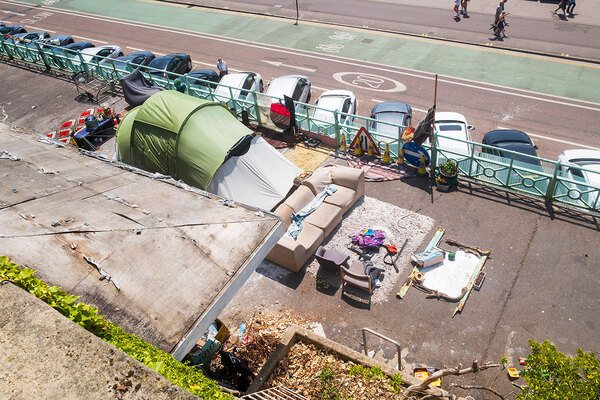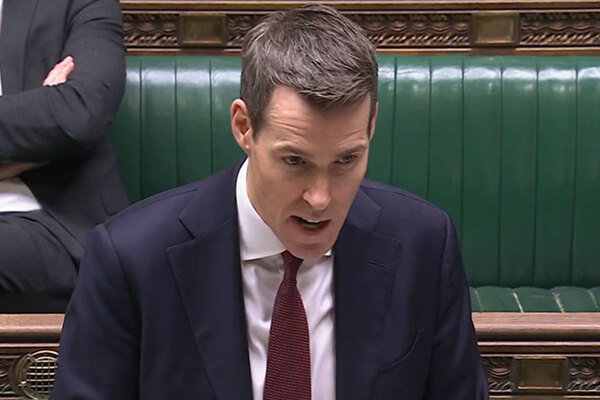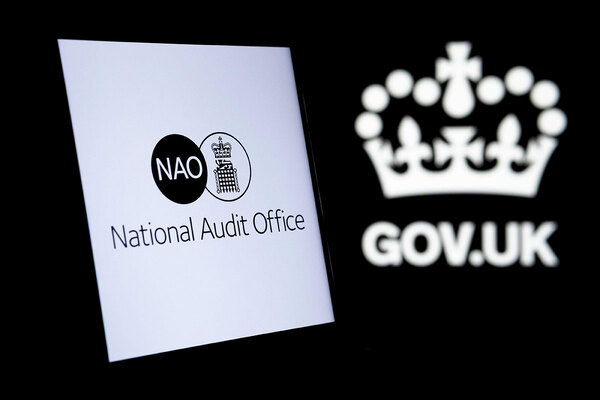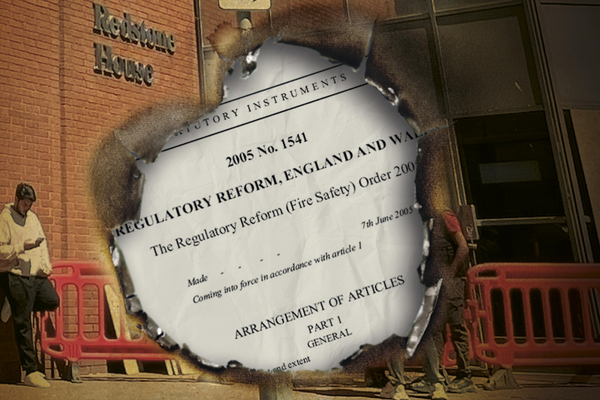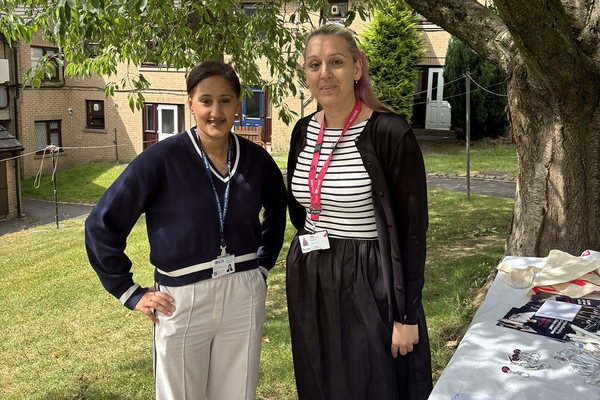You are viewing 1 of your 1 free articles
Number of children in temporary accommodation rises again to more than 172,000
The total number of children in temporary accommodation in England has risen to more than 172,000, piling pressure on the government to publish its long-term homelessness strategy.
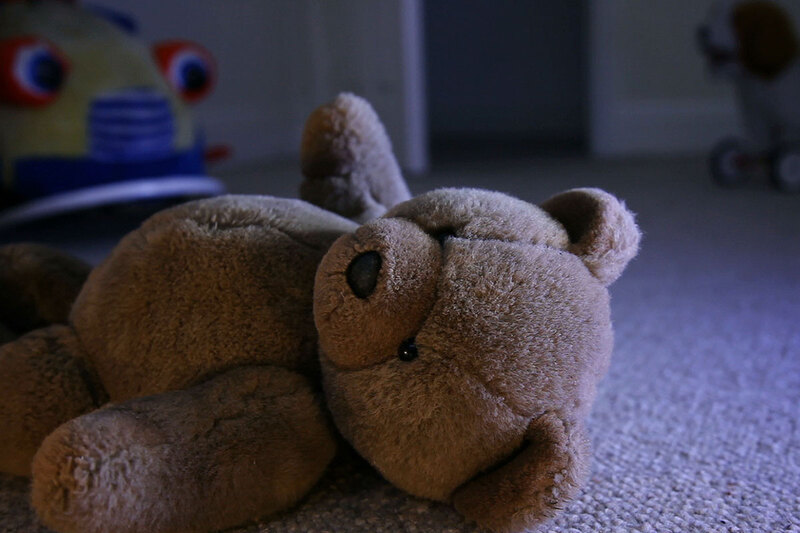
As of 31 June this year, there were 172,420 children living in temporary accommodation, according to the latest quarterly government homelessness figures.
This is an 8% increase on the same quarter last year, when there were 159,380, and the highest number since records began 21 years ago.
The number of households in temporary accommodation has also risen to 132,410, up 1.2% from the previous quarter and up 7.6% from the same time last year.
An estimated 8,732 people were rough sleeping in June 2025, a 13% increase from the previous quarter and a 5% increase from the same time last year.
However, the number of households assessed as owed a duty to prevent or relieve homelessness fell to 78,630 in the quarter, a 5.5% decrease from the same period last year.
The number of families in B&Bs also decreased by 43% from the same time last year to 3,340, and has now fallen each quarter since last June.
Yet the overall rise in temporary accommodation has led to renewed calls by homelessness charities for the chancellor Rachel Reeves to unfreeze Local Housing Allowance (LHA) at the upcoming Autumn Budget.
It follows an open letter this week sent by 40 groups across the housing sector urging the government to restore housing benefit for private renters so that it covers the cheapest 30% of rents.
The sector is also urging the government to urgently publish its long-awaited homelessness strategy, which it pledged in its manifesto.
Speaking in the Commons earlier this week, homelessness minister Alison McGovern said the government had established the principles of the strategy, and it was “on its way”.
Rick Henderson, chief executive at Homeless Link, the membership body for homelessness services, said: “We need the homelessness strategy to deliver an emergency response, empowering vital homelessness services to provide life-saving support that meets the high demand from people sleeping rough, while putting in place an ambitious, well-resourced plan to transform homelessness support within a decade.”
Matt Downie, chief executive of Crisis, said: “Tragically we have now become totally accustomed to seeing record levels of children growing up in temporary accommodation.
“We are talking about children with no space to play, no place to do homework, no safe, stable place to call home. So we have to ask, as living costs increase and the supply of social homes recedes, when this will end.
“The truth is that only the Westminster government can stop this with an ambitious homelessness strategy. It’s essential this helps councils coordinate efforts and plan longer term.”
Shelter’s director of campaigns and policy, Mairi MacRae, described it as “utterly shameful” that the number of children homeless could now fill a city the size of Oxford.
Ms MacRae also repeated calls for a national target of building 90,000 social rent homes a year for 10 years “to end homelessness for good”.
The statistics reveal that the temporary accommodation crisis is most acute in London, with the east London borough of Newham holding the highest number of people in temporary accommodation.
Nearly half (46%) of all households in temporary accommodation in London are accommodated out of area, according to Shelter. The charity said 34,280 households were being housed outside of London.
Social landlord Riverside said the figures show a “humanitarian crisis” and pointed out there were now enough homeless children living in temporary accommodation to fill both Wembley Stadium and Twickenham.
John Glenton, chief care and support officer at Riverside, urged the government to “provide ring-fenced funding for supported housing and homelessness services again as part of the impending long-term homelessness strategy”.
Homelessness minister Alison McGovern said: “Today’s statistics are a harsh reminder that too many have been let down by the system meant to protect them.
“We’re seeing signs of progress with the number of households with children in bed and breakfast accommodation continuing to decrease, and the number of households requiring homelessness support falling, but I know that’s not enough to fix years of failure.
“That is why we are digging deep to tackle the root causes, investing £1bn in 2025-26, including an additional £84m to prevent homelessness this winter, building 1.5 million homes and [investing] £39bn in the Social and Affordable Homes Programme, scrapping Section 21 evictions, and raising standards to ensure safe and secure housing for all.”
Sign up for our homelessness bulletin
Already have an account? Click here to manage your newsletters
Latest stories


